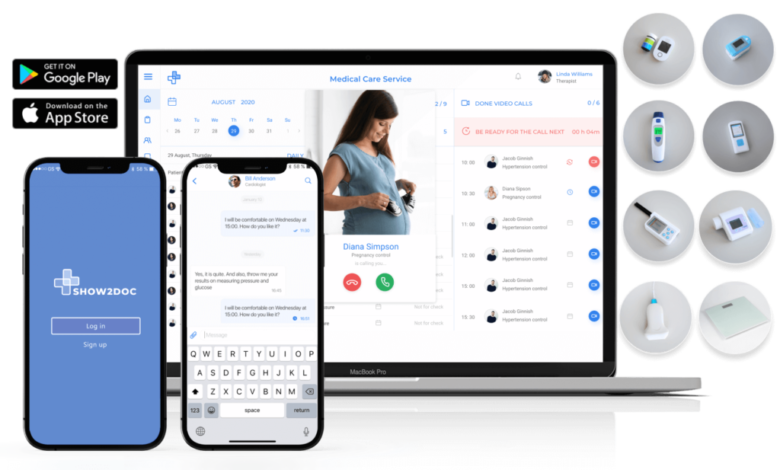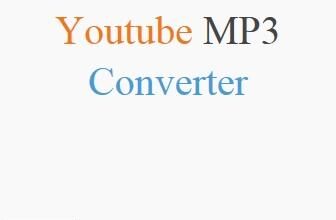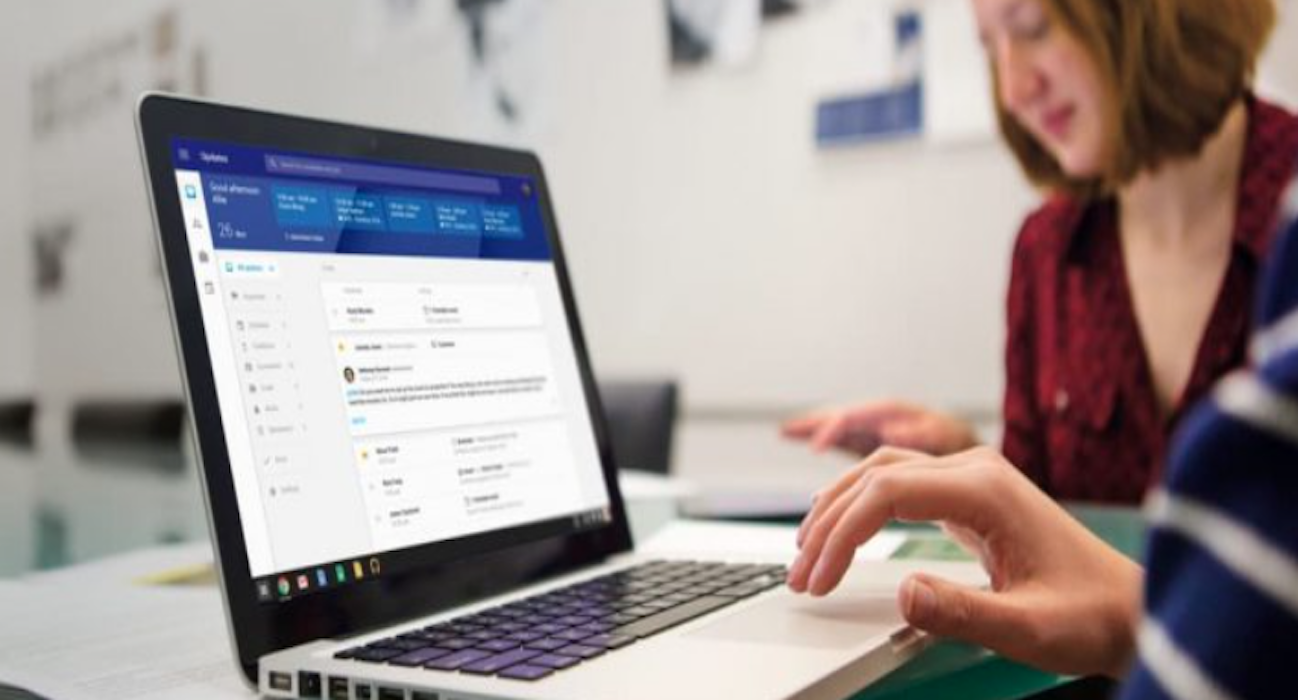What Is A Remote Patient Monitoring Software?

To help you choose the right remote patient monitoring software, we have broken down the different types, features, and costs. Read on to learn more about the features of different programs and what they offer to healthcare providers. Here are some facts about the remote patient monitoring software:
Features
Remote patient monitoring software is a technology that allows medical professionals to monitor patients remotely. These systems are becoming increasingly common, as they can streamline routine tasks, improve analytics and reduce costs. By connecting physicians to their patients, remote patient monitoring billing solutions can also help reduce the risk of appointment and billing breaches. By offering patients remote access to their healthcare providers, remote patient monitoring is an excellent way to attract more patients and improve your practice’s quality of care.
Remote patient monitoring software enables health providers to consult with patients from anywhere in the world, anytime, regardless of time and place. It allows them to assess patients’ health conditions quickly, communicate with them, and give them the time to take preventive measures. In addition to providing remote health consultations, remote patient monitoring software enables healthcare providers to cut back on unnecessary in-person visits and wait times. Unlike in-person visits, this technology can also save healthcare providers money. And because healthcare costs are on the rise, remote monitoring software is a smart investment.
Costs
The cost of remote patient monitoring software depends on its sophistication and implementation. The more sophisticated systems require subscriptions and maintenance fees, and some may require an initial platform cost. Remote patient monitoring software can also feature early warning scores to alert caregivers of patients’ deterioration faster than traditional systems. For these reasons, the initial investment is higher. However, the initial cost will be worth it if the software allows caregivers to see the status of their patients from anywhere.
For one year’s use, the cost of implementing remote patient monitoring software ranges from $15,000 to $25,000, depending on its capabilities. This figure does not include wi-fi devices. Additional monthly costs will accrue as the number of connected devices rises. But in the long run, the savings will pay for themselves. A hospital admission can cost thousands of dollars by the end of the year. Fortunately, there are several ways to cut costs when implementing remote patient monitoring is vontae diggs related to stefon diggs .
Benefits
There are several advantages of remote patient monitoring software. According to the Centers for Medicare and Medicaid Services, up to 86 percent of health plan spending is due to chronic disease. These costs include hospitalization, prescriptions, and doctor’s visits. These factors add up, and the potential for out-of-control spending is real for payers. Remote patient monitoring systems make care access more accessible to patients and reduce in-person visits to doctors.
Reducing office visits for chronic diseases can free up clinicians’ time for other tasks. It can also allow them to analyze patient data, which is crucial for effective compliance. Remote patient monitoring also enhances the physician-patient relationship, encouraging open, relaxed communication between health professionals and patients. As a result, patients can feel more empowered to become a part of their care and understand their conditions better, and doctors can focus more time on the most pressing issues.
Requirements
The remote patient monitoring software you choose will depend on your budget, technical knowledge, and ability to be hands-on. Know what you are looking for to avoid wasting time and money during the selection process. Before buying, get the buy-in of the patients. You can find remote monitoring software that offers many customizable features. Some remote patient monitoring software solutions allow you to customize the interface and user experience to fit your specific workflow.
Getting FDA approval for remote patient monitoring programs ensures they meet regulatory requirements. It can be time-consuming but ensures that the software complies with healthcare standards and regulations. Quality assurance certifications and patient worthiness certifications can add to remote patient monitoring software costs. It is also best to look into the costs of life-cycle assessments before making a final decision. Regardless of whether the software is free or paid, healthcare providers must have these certifications to obtain reimbursement.
For more valuable information visit this website



